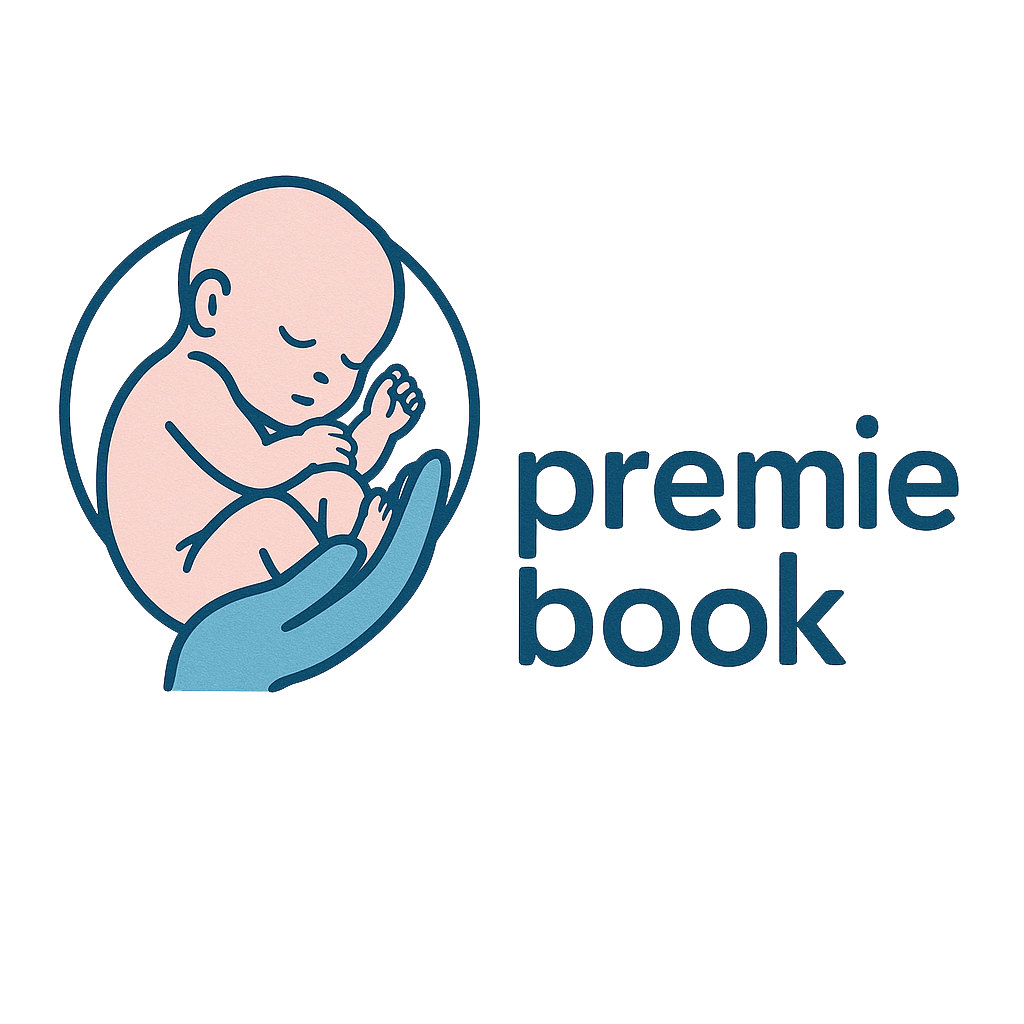The flowmeter calibration market is experiencing robust growth due to the increasing demand for accurate flow measurement across various industries. Calibration ensures that flowmeters provide precise readings, which is critical for maintaining operational efficiency and compliance with regulatory standards. The market is driven by advancements in technology, which are enhancing calibration processes and improving measurement accuracy. As industries such as oil and gas, water treatment, and manufacturing expand, the need for reliable flowmeter calibration services is expected to rise significantly.
Flowmeter calibration plays a critical role in ensuring accurate measurement of fluid flow in industrial processes, water treatment plants, chemical manufacturing, and energy production. The flowmeter calibration market has grown steadily, fueled by increasing industrial automation, stringent quality control standards, and the rising need for precision in fluid measurement. Accurate calibration improves operational efficiency, reduces losses, and ensures compliance with international standards.
Market Drivers
The primary driver of the flowmeter calibration market is the increasing industrialization across sectors such as oil and gas, chemicals, pharmaceuticals, and water utilities. Regulatory requirements for accurate flow measurement and quality control also drive market demand. Additionally, as industries adopt advanced manufacturing practices and smart factories, the need for reliable and periodically calibrated flowmeters becomes critical to maintain efficiency and process reliability.
Technological Advancements
Technological innovations are transforming the flowmeter calibration market. Advanced flowmeters equipped with digital interfaces, IoT connectivity, and automated calibration capabilities enable precise measurements and real-time monitoring. Portable calibration devices allow field technicians to perform on-site calibration efficiently, reducing downtime. Moreover, software-based calibration solutions provide detailed data analysis and traceability, helping industries comply with regulatory and quality standards.
Regional Insights
The flowmeter calibration market varies regionally, with North America and Europe leading due to advanced industrial infrastructure and stringent compliance standards. Asia-Pacific, particularly China, India, and Japan, shows high growth potential because of rapid industrialization, expanding manufacturing facilities, and increasing adoption of process automation. Latin America and the Middle East are gradually increasing their market share as industrial expansion and energy production activities grow.
Market Segmentation
The market is segmented based on flowmeter type, calibration method, and end-user industry. Types include ultrasonic, magnetic, turbine, vortex, and differential pressure flowmeters. Calibration methods include on-site calibration, laboratory calibration, and automated calibration solutions. End-user industries encompass oil and gas, chemicals, pharmaceuticals, food and beverage, and water utilities. Ultrasonic and magnetic flowmeters dominate the market due to their accuracy, reliability, and suitability for diverse applications.
Competitive Landscape
The flowmeter calibration market is competitive, with companies focusing on technology integration, service expansion, and regional penetration. Manufacturers invest in research to develop more precise, reliable, and user-friendly calibration devices. Strategic collaborations with industrial service providers and maintenance contractors help expand service networks. As industries increasingly focus on process optimization and sustainability, companies offering energy-efficient calibration solutions are likely to gain a competitive advantage.
Challenges in the Market
Challenges include the high cost of advanced calibration equipment and lack of skilled personnel for precise calibration. Variability in industrial standards across regions can complicate calibration practices. Moreover, frequent upgrades in calibration technology require constant training for technicians, making adoption challenging for small-scale industries. Addressing these challenges requires investments in training programs, affordable solutions, and standardization of calibration practices.
Future Outlook
The future of the flowmeter calibration market is promising, with growth expected from industrial automation, digitalization, and smart metering solutions. Cloud-based calibration systems, IoT-enabled devices, and AI-driven analytics will redefine the calibration process. Emerging markets with increasing industrialization present new opportunities. Companies investing in innovation, accuracy, and comprehensive service offerings are poised to capture significant market share.
More Related Reports:
Water Softening Systems Market


